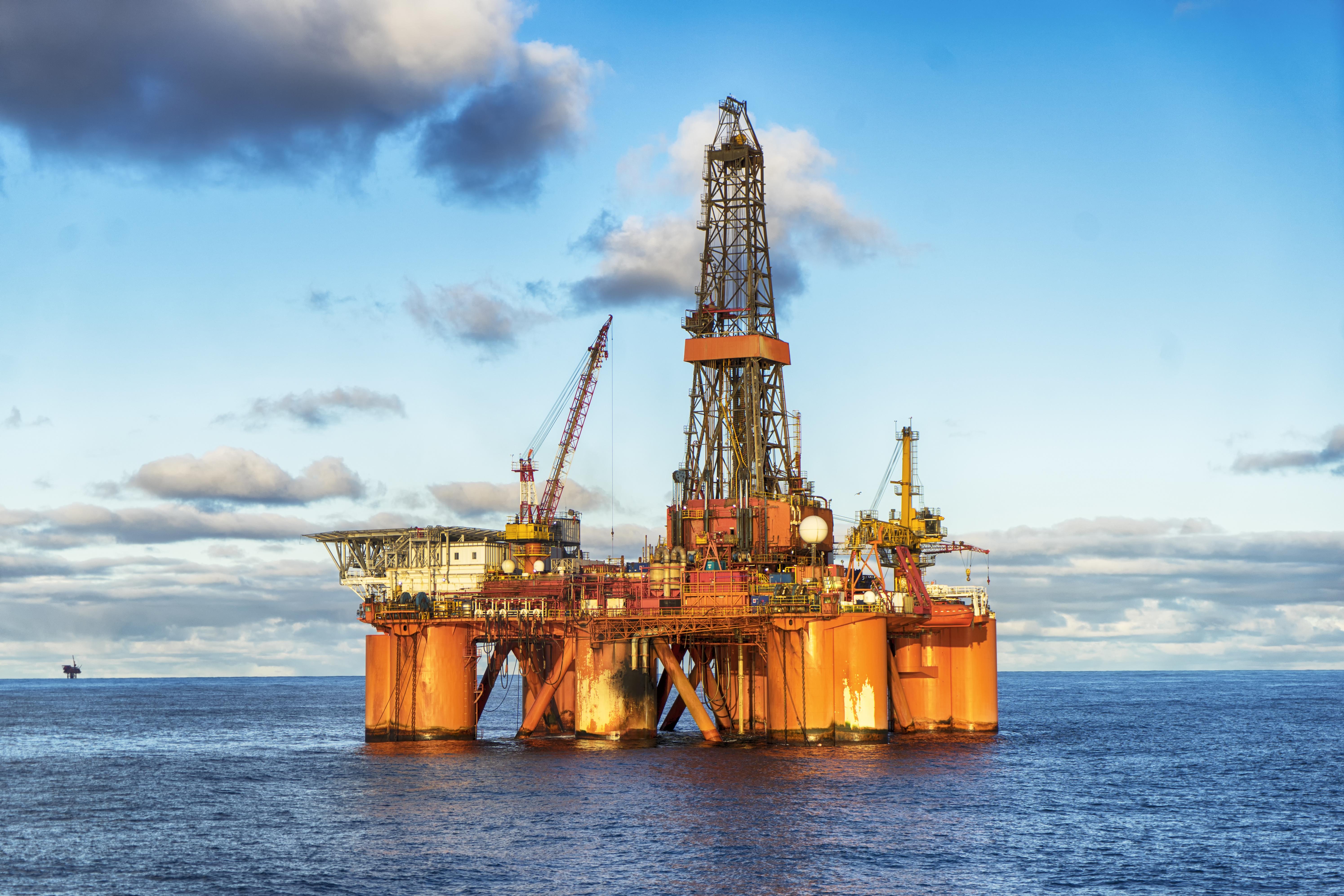ExxonMobil and Chevron: Upstream Portfolio Positioning
Integrated oil companies ExxonMobil and Chevron have strong upstream portfolios, which play a vital role in determining their profitabilities.
Sept. 19 2019, Published 3:37 p.m. ET

Integrated oil companies ExxonMobil (XOM) and Chevron (CVX) have strong upstream portfolios. These assets play a vital role in determining energy companies’ profitabilities. Oil prices have been on a roll in the past few months due to geopolitical tensions, macro uncertainties, OPEC output goals, and—most recently—a drone attack in Saudi Arabia. In the third quarter so far, oil has risen 0.4%. Year-to-date, oil prices are up 29.3%.
Though oil companies hardly have any control over oil price volatility, they can control the quality, quantity, and maturity profiles of their upstream assets. Let’s look at ExxonMobil’s and Chevron’s upstream asset profiles.
ExxonMobil’s upstream asset base
ExxonMobil has a strong project pipeline. Its critical upstream assets expected to bring in growth include deep-water assets in Guyana and Brazil, shale and fixed assets in the US, and LNG (liquefied natural gas) assets in Papua New Guinea and Mozambique. These are promising projects with high potential.
Beginning with Guyana, ExxonMobil had 14 discoveries, which now represent more than 6 billion boe (barrels of oil equivalent) of estimated gross recoverable resources. The recent discoveries in the promising Stabroek block were in the Tilapia, Yellowtail, and Haimara wells. Also, Liza Phase 1, an early discovery in the region, is on schedule to produce about 120,000 boepd (barrels of oil equivalent per day) by 2020.
Moreover, ExxonMobil is expanding rapidly in the Permian. The company’s Permian production rose 89% YoY in the second quarter. Its Permian net resources have also now grown steeply to about 10 billion boe. The output from these fields could provide more than a 10% return even at a lower oil price level of $35 per barrel, making them highly competitive. ExxonMobil expects its production in the region to grow by more than 1 million boepd by 2024.
Further, ExxonMobil’s low-cost LNG assets are getting set to tap its growing global demand. In the second quarter, the Mozambique government approved the development of its Rovuma LNG project, which has 15 million tons of capacity. Earlier in the year, the company decided to proceed with its $10+ billion Golden Pass LNG project in Texas. It will have 16 million tons of LNG capacity and will start exports by 2024.
Overall, ExxonMobil has a strong and vast upstream portfolio with solid long-term growth prospects.
Chevron’s upstream portfolio is delivering record output
Chevron has a vast upstream portfolio of projects, which it expects to contribute to its production. The company has a diverse upstream asset base with conventional oil and gas assets in Kazakhstan (Tengiz, TCO), deep-water assets in the Gulf of Mexico, and emerging shale assets in Argentina (Loma Campana), Canada (Duvernay), and Appalachia (Marcellus and Utica).
Beginning with shale and tight assets, Chevron’s resources in the Permian Basin increased by 6.9 billion boe over 2017 to 16.2 billion boe in 2019. Further, Chevron has other resources of about 0.4 billion boe in Loma Campana, 1.4 billion boe in Duvernay, and 2.4 billion boe in Marcellus and Utica.
The Permian’s contribution to Chevron’s total production has also been rising. In the second quarter, Chevron’s Permian production rose 56% YoY to 421,000 boepd. Chevron expects its output in the region to grow to over 900,000 boepd by 2023.
At Tengiz, Chevron is on track to deliver the first production from its wellhead pressure management project and its future growth project in 2022. As of now, 70% of its process modules are delivered.
Further, Chevron’s massive and capital-intensive gas projects in Australia, Gorgon and Wheatstone, have now started yielding results. In the second quarter, Wheatstone’s output rose, adding to its total production.
Overall, in the near term, Gorgon, Wheatstone, and the Permian are expected to drive growth for the company. Chevron expects its total volumes to grow between 4% and 7% in 2019. From 2018 to 2023, Chevron expects its upstream production to grow at a compound annual growth rate of 3%–4%.
Upstream volumes in the second quarter
ExxonMobil’s hydrocarbon production rose 7% YoY to 3.91 million boepd in the second quarter. This rise was led mainly by higher output at the Permian Basin, Hebron, and Kaombo. Chevron’s production rose 9% YoY to 3.08 million boepd in the second quarter. Its upstream output grew due to higher volumes at megaprojects such as Hebron, Big Foot, and Wheatstone.
Royal Dutch Shell’s (RDS.A) upstream production rose 4.1% YoY to 3.58 million boepd in the quarter. The rise was due to higher production in North America partly offset by divestments. BP’s (BP) hydrocarbon production also increased 6.5% YoY to 2.63 million boepd in the quarter.
To learn more about investment opportunities in energy stocks, read ExxonMobil or Chevron: Which Is the Better Buy?
